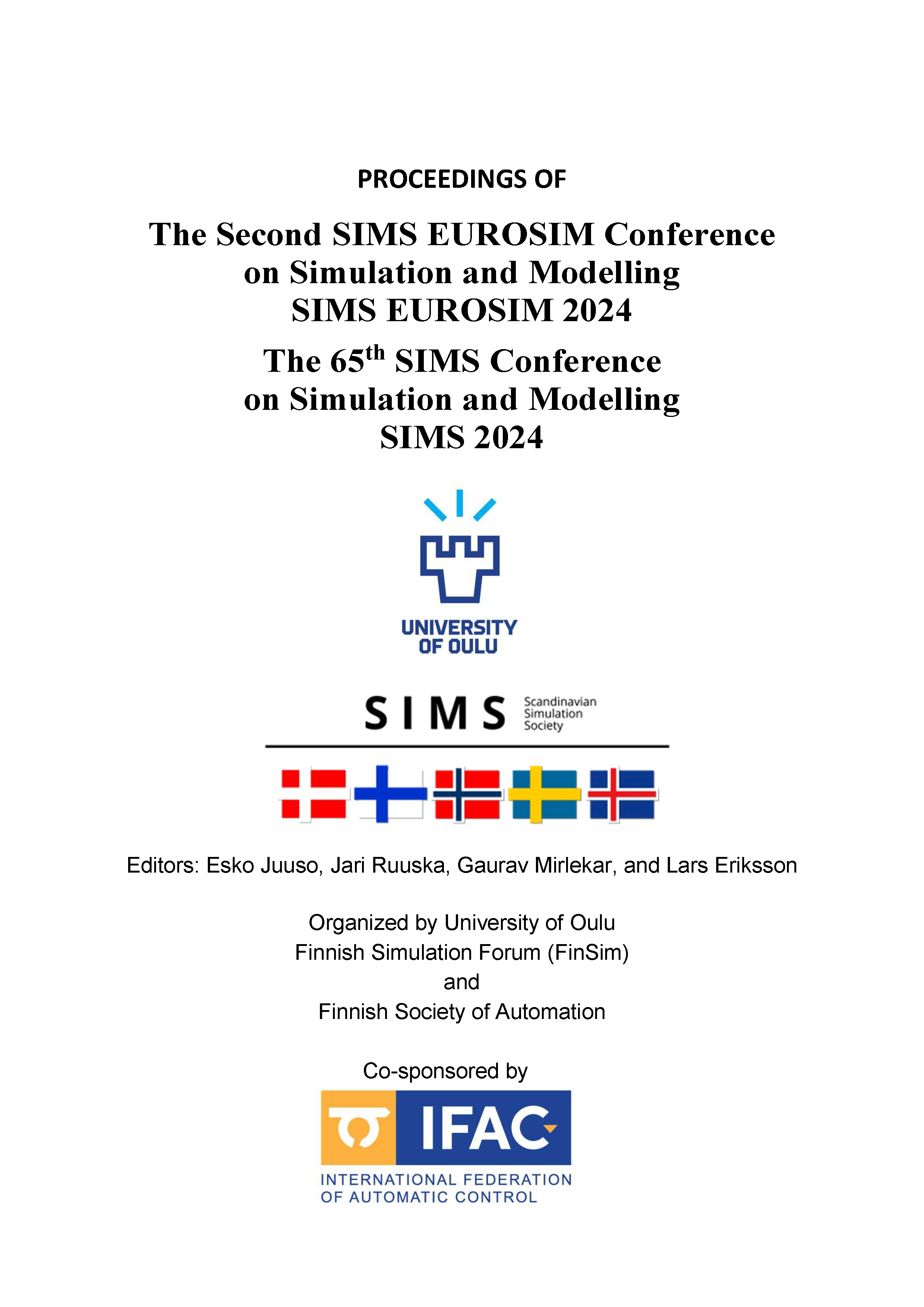Simulation model for an amine-based CO2 capture rig
DOI:
https://doi.org/10.3384/ecp212.017Keywords:
CO2, amine, rate-based absorption, simulationAbstract
The amine-based CO2 capture rig at USN in Porsgrunn has been operating since 2007. In this study, the main aim was to develop predictive models in Aspen HYSYS and Aspen Plus for the CO2 test rig. The models accuracy were verified by comparing different test scenarios with results from the models. Aspen HYSYS and Aspen Plus have simulated eleven scenarios (test series) with varying process parameters. In Aspen HYSYS, Murphree efficiencies (stage efficiences) were fitted, and in Aspen Plus two approaches were used, fitting the interfacial area or the holdup factor to minimize the deviation between the model and experimental data. The Aspen HYSYS model with the fitted Murphree efficiencies (from top to bottom 0.11, 0.1, 0.09 and 0.07) predicted seven scenarios with an average deviation of 12-24 % from experimental data. In the Aspen Plus rate-based model with interfacial area fitted, most of the scenarios were predicted by a model with correlation Brf-85 (mass transfer), Brf-85 (heat transfer) and an interfacial área factor of 0.5. Minimum and maximum deviations for different scenarios were 2.1 and 9 %. In the approach with fitting of the holdup factor, the Brf-92 holdup method with a holdup factor of 0.5 gave the best fit, resulting in an average deviation of 1.4-9 % from the test results across all scenarios.Downloads
Published
2025-01-13
Issue
Section
Papers
License
Copyright (c) 2025 Soudeh Shamsiri, Neda Razi, Lars Erik Øi

This work is licensed under a Creative Commons Attribution 4.0 International License.

